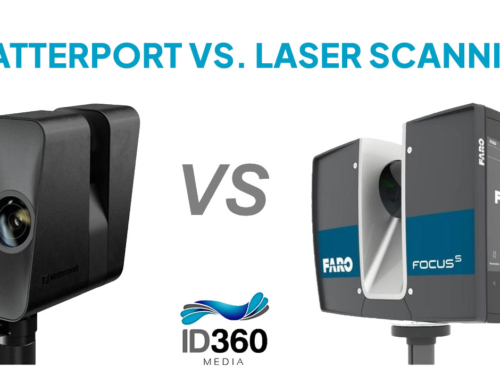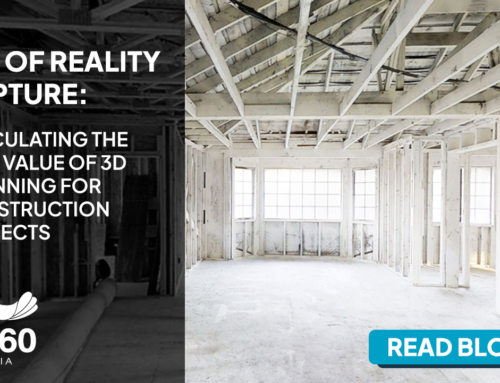MEP Coordination Using Point Cloud Data: Preventing Costly System Conflicts
Introduction
Mechanical, electrical, and plumbing (MEP) system conflicts remain among the most expensive and time-consuming issues in construction. Poorly coordinated systems result in costly rework, schedule delays, and inefficiencies that impact overall project success. Point cloud MEP scanning has emerged as a powerful solution, enabling precise spatial understanding and significantly reducing coordination errors and system clashes. This technical guide explores how MEP coordination benefits from point cloud scanning and provides actionable strategies for implementation.
The High Cost of MEP Conflicts in Construction Projects
MEP clashes lead to expensive change orders, labor overruns, and wasted materials. A lack of proper building systems coordination often results in:
- Construction delays due to unforeseen system conflicts.
- Rework expenses that escalate project costs.
- Material waste, increasing environmental impact.
- Coordination inefficiencies, leading to worker downtime.
The introduction of advanced clash detection methods, such as point cloud-based coordination, mitigates these risks and enhances construction efficiency.
Traditional Coordination Methods vs. Point Cloud-Based Approaches
Historically, MEP coordination relied on 2D drawings, manual site inspections, and isolated 3D models. These traditional methods presented significant limitations, including:
- Limited accuracy, leading to missed spatial conflicts.
- Inefficiencies in manual clash detection processes.
- Disjointed collaboration, causing misalignment across trades.
By contrast, point cloud MEP scanning provides a highly accurate, three-dimensional representation of existing structures. This approach enables:
- Precise clash detection before installation.
- Seamless integration with BIM software for improved planning.
- Real-world spatial context, reducing uncertainty in coordination.
Workflow Guide: Scanning Existing Systems for Coordination
To integrate point cloud MEP scanning into your MEP coordination process, follow these key steps:
- Conduct a Laser Scan of the Site
- Capture a high-resolution 3D point cloud of the existing conditions.
- Ensure comprehensive coverage of all MEP components.
- Process and Register the Point Cloud Data
- Align multiple scan data sets to create a complete as-built model.
- Convert raw scan data into a format compatible with clash detection software.
- Integrate with BIM Software
- Import point cloud data into Revit, Navisworks, or AutoCAD.
- Overlay scanned data with proposed MEP systems to detect conflicts.
- Run Clash Detection Analysis
- Identify critical clashes between mechanical, electrical, and plumbing elements.
- Optimize system routing and modify designs before installation.
- Implement Corrective Measures
- Adjust MEP layouts based on clash reports.
- Coordinate with project teams to finalize a conflict-free installation plan.
Case Study: Identifying Critical Clashes Before Installation
A large-scale hospital renovation project faced severe spatial constraints, increasing the risk of MEP system conflicts. By adopting point cloud scanning, the project team successfully:
- Identified over 50 critical clashes before the installation phase.
- Avoided $250,000 in potential rework costs.
- Reduced coordination time by 40%, streamlining installation.
- Improved cross-disciplinary collaboration, enhancing efficiency.
This case study demonstrates the real-world benefits of integrating point cloud MEP coordination into construction projects.
Implementation Strategy: Incorporating Scanning into MEP Coordination
To maximize the benefits of point cloud-based MEP coordination, consider the following strategies:
1. Invest in High-Quality Scanning Equipment
- Use LiDAR scanners for precise spatial data collection.
- Ensure compatibility with industry-standard BIM software.
2. Train Teams in Point Cloud Processing
- Educate staff on data registration and clash detection workflows.
- Promote collaboration between engineers, contractors, and BIM specialists.
3. Standardize Workflow Integration
- Establish a repeatable process for capturing and utilizing scan data.
- Develop an MEP coordination framework that incorporates real-time scanning.
4. Optimize Clash Resolution Protocols
- Implement automated clash detection tools within BIM platforms.
- Use iterative design reviews to validate coordination decisions.
To ensure seamless MEP coordination and eliminate costly system conflicts, request our MEP scanning specification guide for your next renovation or system upgrade project.






Leave A Comment